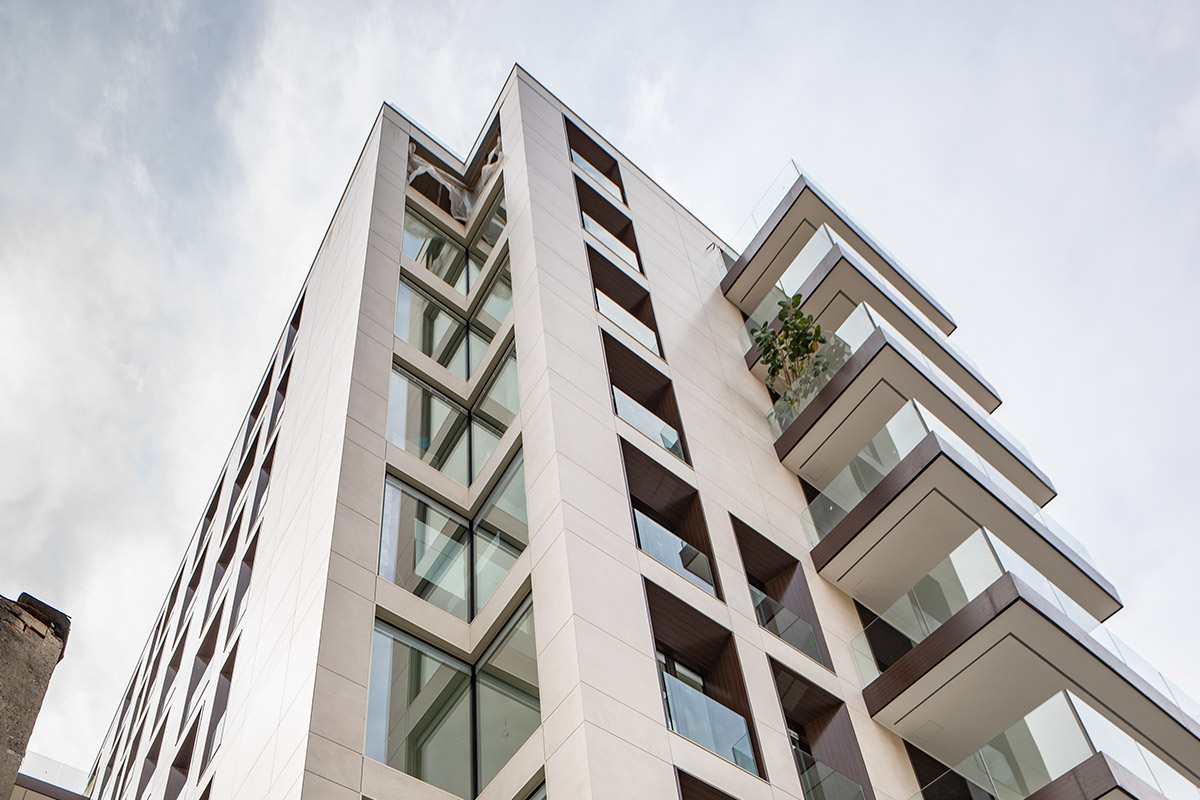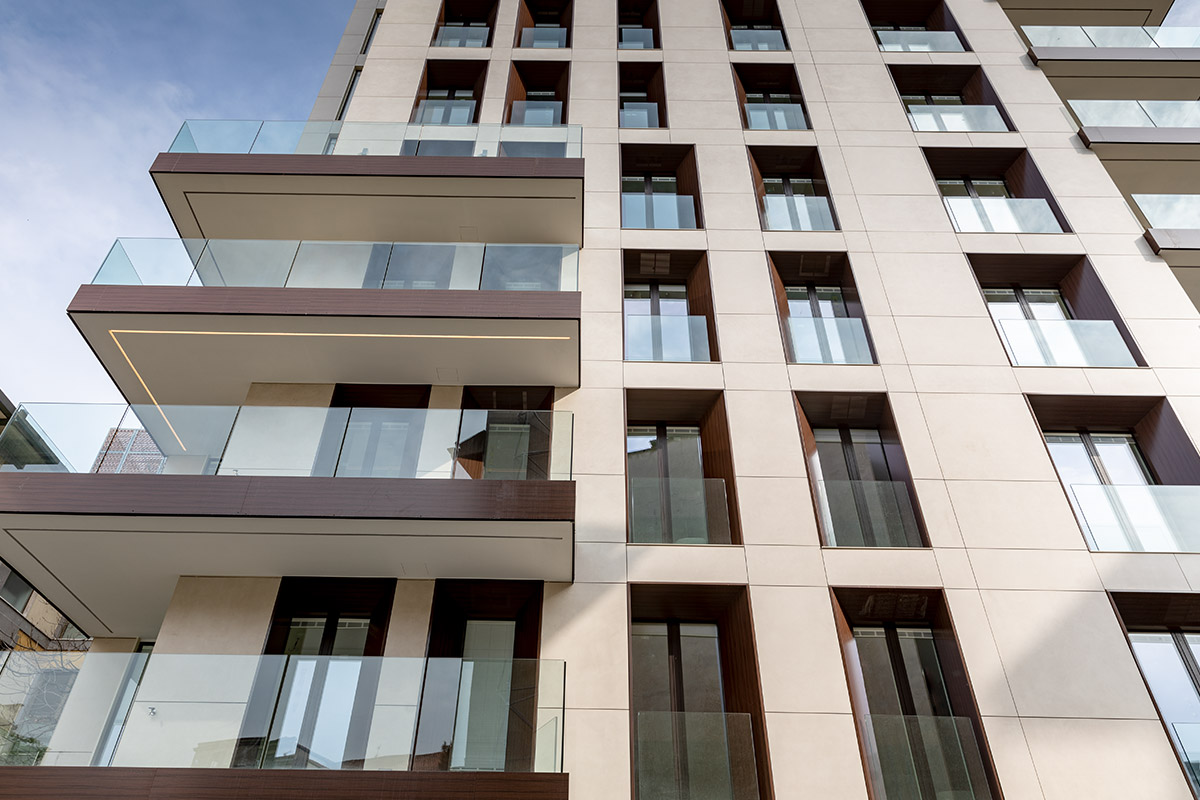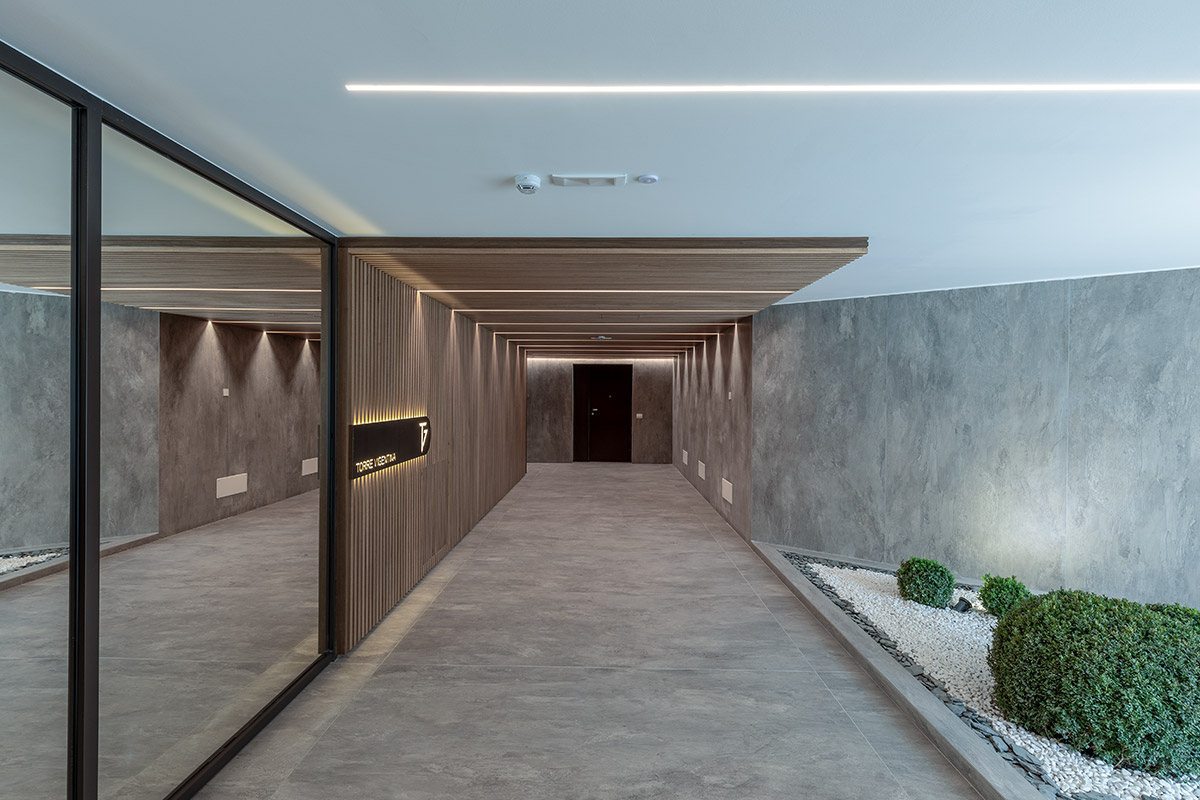
Never before has the environmental issue been so important, mainly because of the pollution caused by human beings, and its consequent impact on climate change.
Therefore, the challenge for the world of architecture is exactly to think of and implement sustainable urban projects, especially because the environmental impact of the construction sector accounts for approximately 35% of the world’s energy consumption and about 40% of CO2 emissions.
This is where green building comes into play, that is, constructing a building on the principles of environmental sustainability and opting for eco-materials from renewable sources.
When evaluating such materials, one needs to take into consideration their entire life cycle – from production, to use, through to disposal – and to calculate all the effects that these individual phases can each have on the environment. For this reason, even non-renewable materials can sometimes be classed as eco-sustainable, providing they have undergone an efficient production process, from an energy consumption perspective.
There are three basic requirements for a material to be classified as sustainable:
1) produced using efficient processes and with minimal polluting emissions;
2) non-existence of harmful emissions once in use;
3) long life and recyclability at the time of disposal.
It, therefore, goes without saying that in green building it is important to select materials that are free of toxic substances or on the basis of their capacity to insulate or absorb heat, or for their hygroscopicity.
The most used materials in green building are wood, cork, cellulose fibre, concrete and expanded clay blocks, and concrete-wood blocks.
While the most innovative bio-building materials are mushroom mycelium and sheep’s wool used as insulation, recycled limestone, dried straw panels, and jute, linen or hemp fibre.
Even porcelain stoneware can be classified as a sustainable material, especially when there is a high percentage of recycled material in its production (this can exceed 70%). Add to this its important qualities of fire resistance, impermeability to water, inalterability over time that make it a durable material with a more sustainable life cycle than other flooring materials such as carpet, linoleum, marble, parquet or resin. Nowadays it is also used for kitchen countertops thanks to the fact that no harmful gases are released when it is exposed to heat sources.
The ideal products to use are those certified Ecolabel: this European accreditation, in fact, guarantees that the material has a reduced environmental impact. Likewise, it is good to source from companies that boast eco-sustainable production: a good indicator is membership of the U.S. Green Building Council (USGBC) the largest international building sustainability association.
Zero-impact building in the heart of Milan
Torre Vigentina in Corso Porta Vigentina in Milan was designed to be a building with zero environmental impact. When selecting materials, those that were the most eco-sustainable, of natural origin and recyclable, were preferred. Construction solutions designed to improve the building’s energy performance were also adopted.
Regarding energy performance, the ventilated rainscreen facade made with large tiles of cement-effect porcelain stoneware by Magnum Oversize has proved highly effective. The porcelain stoneware tiles chosen in this project, both for the facade and for the internal flooring and terraces, have various eco-sustainability certifications: CE, GEENGRUARD and LEED.



Achieving “near-zero-energy building” should be the goal of any new design, ranging from the individual building to the wider urban environment. Town planning choices play an important role in paving the way for a sustainable future.
Florim leads in sustainability
Thanks to its focus on issues such as environment and eco-sustainability, Florim was the first industrial ceramics company in the world to obtain the important UNI EN ISO 50001 certification. The UNI EN ISO 14001 certification was later received for environmental management, along with various other recognitions that certify our company’s green propensity and the sustainability of all our products.

